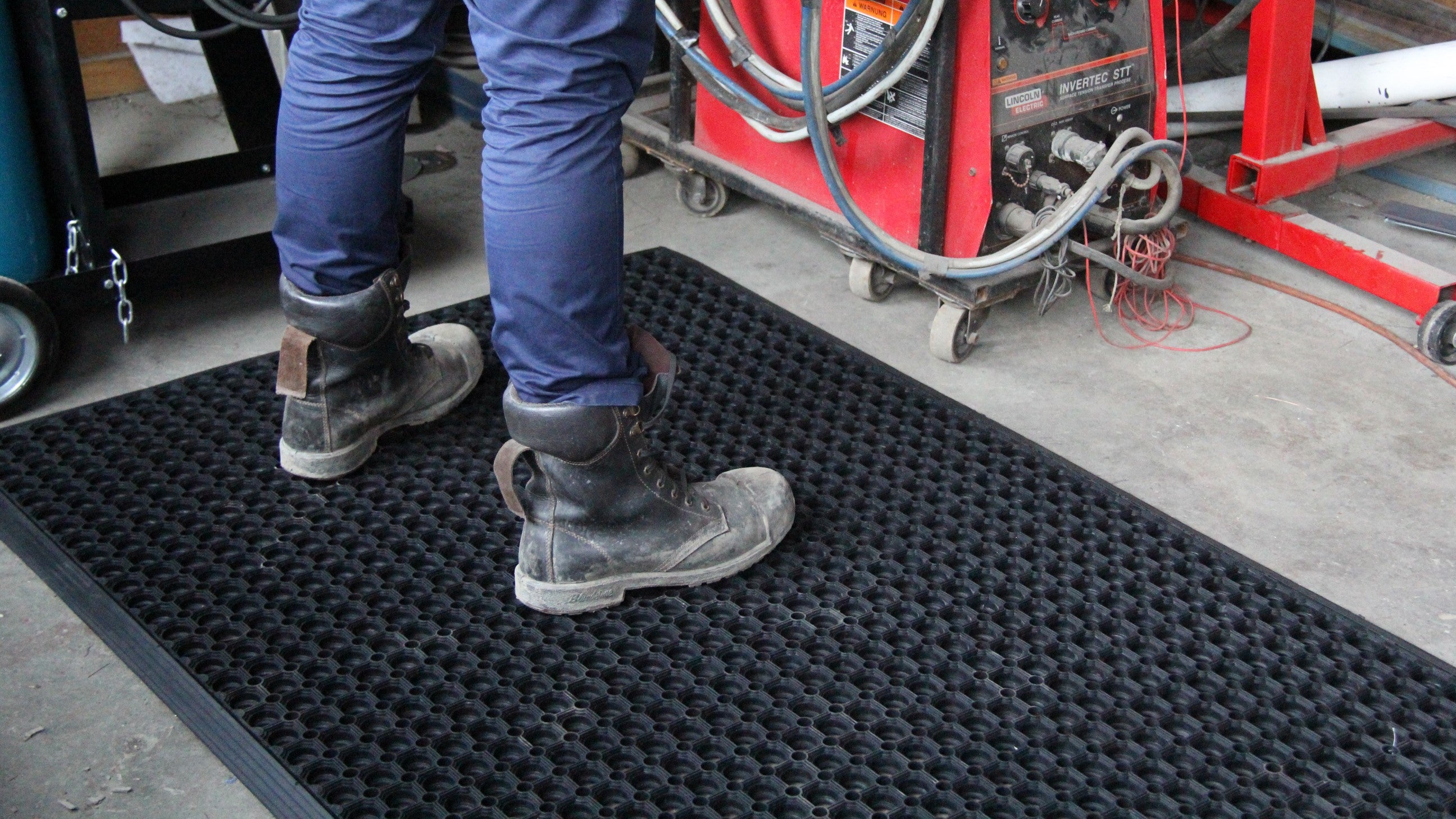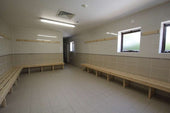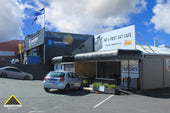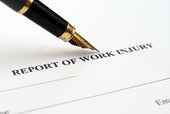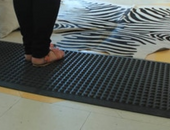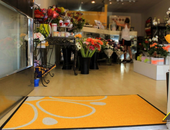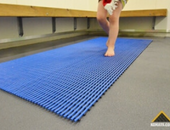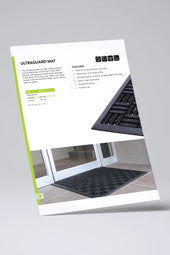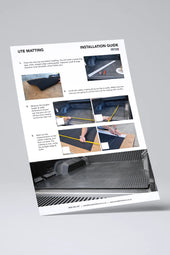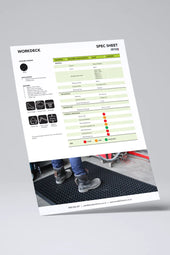Think of the last long shift on a hard floor. By mid-afternoon, legs feel heavy, focus slips, and small mistakes creep in. You still push to finish the task, yet the effort feels harder than it should. This is not a lack of commitment.
It is standing fatigue at work, and it drains energy that your team needs to stay accurate and safe. Here is the good news. An anti-fatigue mat can change that daily experience in a simple, practical way.
Across warehouses, labs, kitchens, and reception areas, the right mat reduces strain and helps people stay alert for longer. You do not need a full refit. You need a targeted upgrade where people stand the most.
In this guide, we link everyday problems to clear fixes and show how a small spend turns into reliable returns for New Zealand workplaces.
The Silent Problem: What Standing Fatigue Really Costs Your Business
Standing fatigue hides inside routine tasks. After hours on concrete, posture slumps, knees lock, and feet ache. People move less, which reduces circulation and slows reaction times. You then see more short breaks, more minor errors, and a rise in near misses.
Over time, muscles and joints complain, which pushes up sick leave and replacement costs. The budget absorbs this, yet the cause often sits underfoot and feels easy to ignore.
Consider a picker on a warehouse line who stands by the scale, or a cashier at a school canteen who serves long queues before lunch. In both cases, output dips late in the shift, and small mistakes multiply.
Absenteeism rises during busy seasons, and training costs follow. These are direct impacts on the margin. When we treat the floor as part of the task, we can protect focus and reduce these losses.
The Science of Support: How Mats Increase Productivity
A well-designed mat does more than feel soft. It supports micro-movement in the feet and calves. Those small shifts help the lower legs work like a pump, which improves blood flow and reduces pooling.
Reduced load on joints and lower back follows. People report less soreness at the end of a shift and recover faster between days. The body works in a more natural way on a slightly forgiving surface.
If you ask, “How does an anti-fatigue mat improve productivity?”, the answer is simple and practical. Better circulation helps people stay sharp for longer. Fewer aches reduce mental distraction.
Reaction times improve, and accuracy holds steady late in the day. That means fewer corrections and less wasted effort. Over a month, those gains add up to more output from the same hours, without pushing staff beyond healthy limits.
From Liability to Asset: A Proactive Investment in Safety
Floors are a common source of incidents. Spills near sinks, fine dust near machines, and wet entries on rainy days all raise the risk of slips and trips.
A purpose-built non-slip mat reduces that risk with stable traction and bevelled edges that lower trip hazards. You turn a weak point in the workflow into a safety asset that works every day without supervision.
Think about non-slip mats for university science labs where staff handle glassware and chemicals. Or a school cafeteria with fast service at peak times.
In both cases, one fall can cause lost time and heavy costs. A mat with the right grip and drainage reduces those events. It protects people and stops small spills from becoming incidents that disrupt the day.
The Bottom Line: Reducing Workers’ Comp Claims
Claims often arise from a chain of small factors rather than a single fault. Fatigue leads to poor posture, which leads to strain, which leads to injury.
Slippery points add risk on top. When you cut fatigue and improve traction, you break that chain. Over a year, you see fewer incidents, lower medical costs, and less paid time away from the floor.
This is not a theory. In busy periods, a safer, more comfortable floor helps teams move well without unnecessary strain. Reports shift from “another sore back” to “I felt fine after Friday”.
Managers then spend less time on return-to-work plans and more time on output. Fewer claims mean steadier premiums and a budget that supports growth rather than recovery.
Protecting Your Team, Protecting Your Floor
Comfort and safety come first, yet floor care also matters. Heavy traffic and point loads can crack coatings and expose concrete. Oils and chemicals can stain or degrade surfaces, which reduces life and increases maintenance.
Durable warehouse rugs and workshop mats spread load and act as a buffer between daily stress and the floor itself. That protects an asset you cannot replace easily.
In machine areas, mats absorb minor impacts and reduce scuffs from tools and trolleys. Near packing benches, they cut wear in the precise spots where staff stand the longest.
Over time, you spend less on repairs and keep operations neat. A tidy floor also supports confidence in audits and visits, which matters when you host customers or regulators.

An Anti-Fatigue Mat for Every Need
One size does not suit every task. A lab bench needs grip and chemical resistance. A kitchen area needs drainage and heat tolerance. A reception desk needs a clean look that suits the brand.
The good news is that anti-fatigue mat options now match these needs without fuss. You can fit interior mats in public areas that look smart, and place heavy-duty options behind the scenes where performance matters most.
Common use cases for anti-fatigue mats include:
-
Laboratories: For technicians who stand for long periods while handling chemicals or performing tests.
-
Commercial kitchens: For chefs and kitchen staff working in hot, wet environments that need drainage and slip resistance.
-
Retail counters and reception desks: To support employees who stand for long shifts while maintaining a professional appearance.
-
Factories and workshops: To reduce fatigue and joint strain on production lines or assembly areas.
-
Schools and universities: For librarians, science staff, and administrative workers who spend hours on their feet.
-
Healthcare settings: For nurses and technicians who work at operating tables or lab benches.
This range supports schools and campuses as well. Having an anti-fatigue mat for schools and university staff helps librarians at circulation desks, lab techs in prep rooms, and administrators at standing counters.
In these settings, campus safety sits beside comfort. A safer floor reduces incidents, keeps teams at work, and helps budget holders avoid unplanned costs across the year.
Longevity and Value: The Durability of a Quality Mat
A quality mat is an asset rather than a consumable. It holds shape under load, resists compression set, and remains stable when cleaned to schedule. Edges stay flat, and surfaces keep grip even after months of use.
That means the original comfort and safety benefits continue without frequent replacement. Your team relies on the same stable platform day after day.
This durability drives ROI. You avoid constant reorders and the hidden labour costs of swapping worn mats. You also keep performance steady through busy seasons.
When you plan for a multi-year service life, the annualised cost looks small beside the productivity and safety benefits. The mat pays for itself through fewer errors, fewer incidents, and less fatigue across the roster.
Easy to Implement, Easy to Justify
Managers like solutions that work without extra load on the team. Mats tick that box. They arrive sized for the task, sit flat, and require simple care.
Most install in minutes with no specialist tools. Cleaning fits current routines, so you do not add new steps to your schedule. You get fast gains without disrupting normal work.
To keep justification simple, focus on clear points:
-
Lower fatigue means steadier output and fewer errors across long shifts.
-
Better traction means fewer falls, fewer claims, and less lost time.
-
Floor protection means lower maintenance and longer surface life.
-
A small upfront cost returns value across safety, productivity, and asset care.
The Partner in Workplace Wellness
Choosing the right product is easier with a specialist. NZ Mats reviews tasks, traffic, and hazards before suggesting options. They match thickness and compound to your space, whether you run a cold store, a lab bench, or a front counter.
They also discuss care methods and replacement windows, so you can budget with confidence and avoid surprises later.
This support matters in mixed sites. Many businesses combine a workshop, a store area, and an office hub. The team can pair heavy-duty industrial options with smart interior mats for reception and kitchen points.
They can also supply standing desk mats for administrative offices to support staff who move between seated and standing tasks. One plan covers the full site and keeps standards consistent.
Matching Mats to Tasks: Practical Buying Guidance
Start with the job, not the catalogue. Map where people stand the longest and where spills or dust appear. Identify heat, oils, or chemicals that may contact the floor.
In wet areas, prefer drainage and strong traction. In dry task zones, focus on support, edge safety, and ease of cleaning. Where trolleys cross, choose low-profile edges and secure transitions.
In schools and campuses, place non-slip mats in university science labs with chemical resistance and a stable grip. For cafeterias, choose commercial kitchen mats for school cafeterias with drainage and heat tolerance.
In libraries, place comfort mats at service counters and self-checkout points. Each choice reflects a real person on a real floor during real work.
Making the Numbers Work: From Cost to ROI
A basic cost-benefit view helps budget holders. Add the direct costs of fatigue, such as overtime to cover slow lines, and the indirect costs, such as errors and returns. Include lost time from minor strains and small incidents.
Then compare those totals with the annualised cost of mats in key zones. In most cases, the mats cost less than the waste they remove.
This is where a brief cost-benefit analysis of an anti-fatigue mat pays off. You can model one or two high-impact stations first, then scale across the site after you see results. The aim is progress, not perfection on day one.
A phased plan helps cash flow and allows you to fine-tune choices as feedback arrives from the floor.
A Small Investment, A Big Return
The case is clear. An anti-fatigue mat reduces daily strain, supports focus, and cuts the risk of slips and trips. In practice, that means fewer errors, fewer claims, and steadier output.
It also means staff who finish the day in better shape and return ready for the next shift. The benefits range from safety to culture, which is why mats earn their place in serious operations.
If you want to move from discussion to results, start with the stations that hurt the most and expand from there. NZ Mats can help you match products to tasks, from heavy-duty zones to front counters and interior mats at entries.
As you roll out, track output, incidents, and feedback. You will see why this small change returns value across the board. Safer floors, fresher teams, and calmer days are within reach when you put the right mat in the right place.


